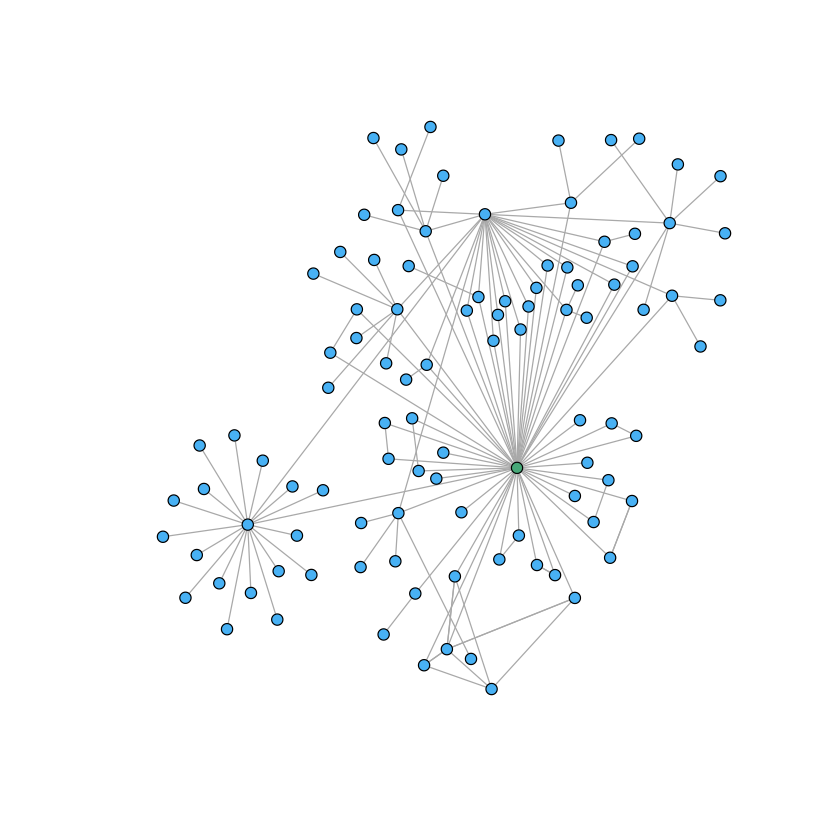
Two weeks ago DataCite announced the pre-release version of a GraphQL API [Fenner (2019)]. GraphQL simplifies complex queries that for example want to retrieve information about the authors, funding and data citations for a dataset with a DataCite DOI. These connections together form the PID Graph [Fenner &